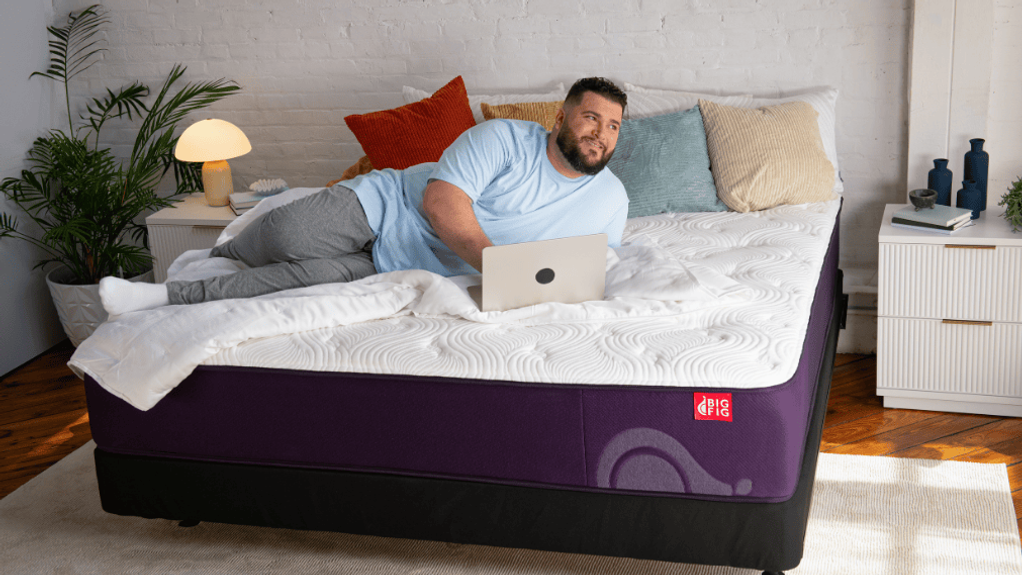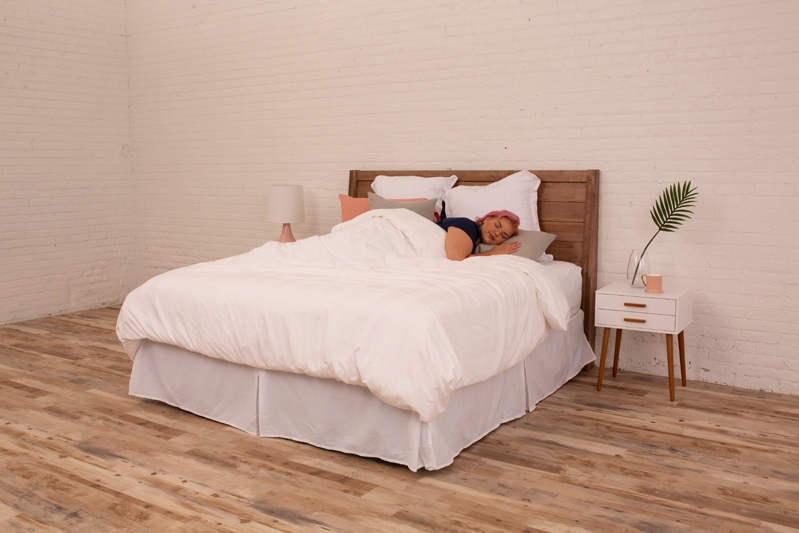Your mattress is more than just a crash pad — it’s an essential foundation for quality sleep. But even the best mattresses need a little TLC to keep performing at their best. That’s where rotating comes in! Rotating your mattress helps distribute weight evenly, ensuring long-lasting durability while maintaining consistent support and comfort.
Let’s explore how this simple habit can make all the difference in your sleeping experience while extending the lifespan of your mattress.
What Does It Mean to Rotate Your Mattress?
Rotating a mattress means turning it 180 degrees so the head of the bed is now at the foot (and vice versa). This simple act helps distribute the wear and tear more evenly across the mattress, especially for those with innerspring or hybrid beds. By rotating it regularly — ideally, every three to six months — you can prevent sagging or uneven pressure points, extending the mattress's lifespan while maintaining a more comfortable sleep surface. It’s an easy task that can significantly improve your sleep quality and protect your investment in the long run!
Are You Supposed to Rotate Your Mattress?
While rotating a mattress can often extend its lifespan by evening out wear, according to the Sleep Foundation, it's not a one-size-fits-all rule. For many mattresses, rotating helps prevent uneven sagging from sleeping in the same spot night after night. However, some types — like those with zoned support — aren't made to be rotated. These mattresses are carefully designed to provide targeted support and comfort in specific areas, so flipping them might throw off their balance and make them less effective. So, should you rotate your mattress?
To be safe, always check the manufacturer’s guidelines to ensure you follow the best practices for your specific mattress type. In the meantime, check out these pro tips to help keep your mattress from sliding!
Why Rotating Your Mattress is Important
Regularly rotating your mattress helps preserve its comfort and extend its lifespan. This practice is especially important for plus-size sleepers, as it helps distribute weight more evenly across the mattress. Here’s why rotation matters:
- Extends Mattress Lifespan: By preventing excessive wear in one area, rotating your mattress helps it last longer, meaning you won’t need to replace it as quickly.
- Promotes Better Airflow: Rotating your mattress allows air to circulate more freely, which can help regulate temperature and prevent heat buildup, especially in foam-based mattresses.
- Prevents Excessive Sagging: Over time, plus-size sleepers may experience more pronounced body impressions and sagging in the mattress. Rotating helps even out this pressure and prevents specific areas from wearing down too quickly.
- Maintains Support for Heavier Sleepers: For mattresses with springs or memory foam, rotating helps keep the support system intact, which is necessary for plus-size individuals who rely on proper alignment to avoid back or joint pain.
What Happens if You Don’t Rotate Your Mattress?
Your mattress plays a significant role in your sleep, so it’s worth giving it some care to keep it in top shape! Skipping regular rotations can lead to uneven wear and sagging, where your body puts the most pressure, which may cause discomfort and compromise the longevity of your mattress. Rotating it every three to six months helps distribute wear evenly, keeping it comfortable, supportive, and ready to deliver great sleep for years.
What Is the Difference Between Rotating and Flipping Your Mattress?
Rotating and flipping your mattress might seem similar, but they’re quite different and depend on your mattress type. As mentioned, rotating means turning the mattress 180 degrees (switching the head and foot positions), which you can do with almost any mattress to distribute wear evenly.
Flipping means turning the mattress over so the other side becomes the sleeping surface. This method only works with double-sided mattresses, like traditional innerspring models. Most modern mattresses, such as memory foam and hybrids, are single-sided and only require rotation. Understanding whether to rotate, flip, or both helps keep your mattress comfortable and extends its lifespan!
Regularly rotating your mattress is an excellent way to extend its longevity, but knowing when to replace it is just as important. A hybrid mattress, like the Big Fig, is a top choice for durability, typically lasting between eight and ten years. Shop Big Fig Mattresses to start enjoying a restful night for years to come!







